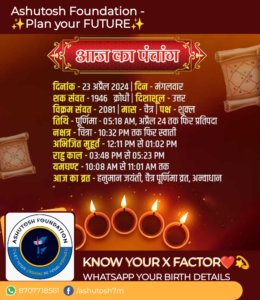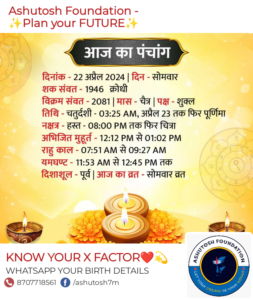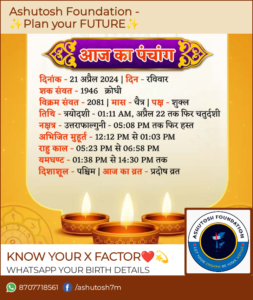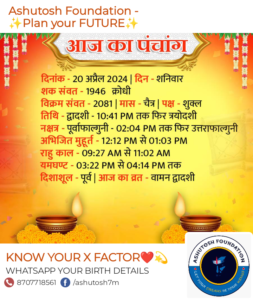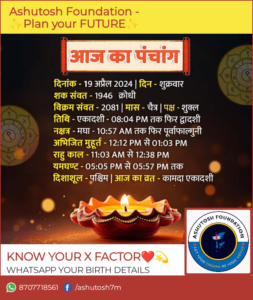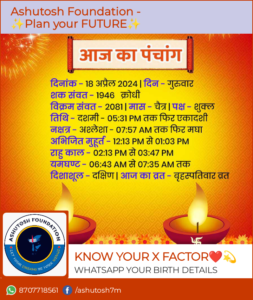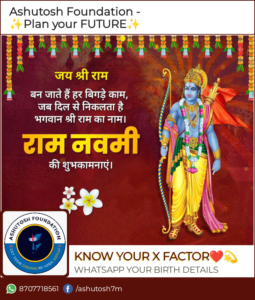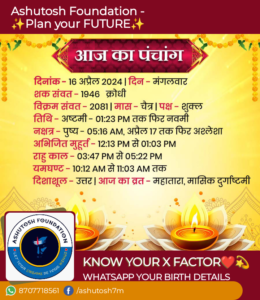Horoscope for April 24, 2024
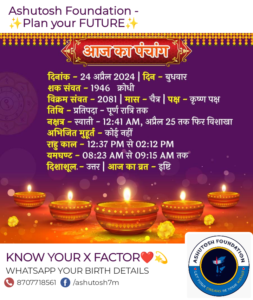
– Aries:
– Feeling disorganized and chaotic
– Thoughts scattered, unable to complete projects
– Need to focus, avoid seeking contradictory advice
– Taurus:
– Practical suggestions being rejected
– Frustration due to patronizing attitude
– Modify presentation of ideas for better results
– Gemini:
– Full of imagination
– Chance to visit places at work
– Revealing romantic self
– Show practical self at work
– Good mood towards peers
– Check mailbox for important mail
– Cancer:
– Emotional mood
– Triggers of melancholy or nostalgia
– Reach out to old friends
– Consider forgiving old grudges
– Leo:
– Crisp tongue and logical mind
– Insecure nature affecting abilities
– Go with the flow, learn from experience
– Confidence will return later
– Virgo:
– Decision time, tough choices ahead
– Follow your heart, think about what you want
– Long-term benefits from heartfelt decisions
– Libra:
– Need to be humble to endear yourself to friends
– Analyze past activities instead of criticizing others
– Opportunity for introspection and self-reflection
– Scorpio:
– Exposure to new things in life
– Prepare to face challenges
– Efforts will lead to long-lasting progress
– Remember to take time to revitalize and pamper yourself
– Sagittarius:
– Set high standards for yourself
– Driving yourself hard to achieve goals
– Realize your capabilities before setting goals
– Not a good time for major decisions
– Capricorn:
– Roller coaster between emotional and practical matters
– Morning likely to be emotional, leading to flawed judgments
– Evening brings a more practical approach
– Aquarius:
– Perfect day to showcase talents
– May act more aggressive or assertive than usual
– Surprise others, prompting them to revise opinions
– Utilize element of surprise for advantage
– Pisces:
– Trusting and confiding mood
– Beware of confiding in someone with ulterior motives
– Resolve disagreements by extending the olive branch

